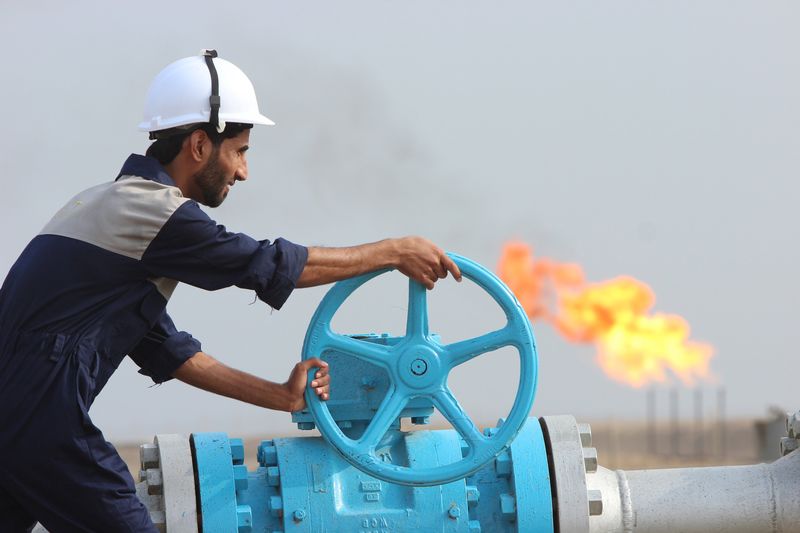(Updates with settlement prices)
By Barani Krishnan
Investing.com - Crude prices began 2022 by clawing back a chunk of what they lost on the final day of last year as global oil producing alliance OPEC+ sought to prevent any undue impact to demand from Covid variants.
OPEC+ — a 23-nation alliance grouping the 13-member Saudi-led Organization of the Petroleum Exporting Countries with 10 other oil producers steered by Russia — is likely to green-light a 400,000 barrel-per-day output hike for next month when it meets on Tuesday.
In a market assessment released over the weekend ahead of its Tuesday meeting, OPEC+ said it expected the impact to oil demand from the Omicron variant to be “mild and short-lived”, as the world becomes better equipped to manage the Covid pandemic.
Prior to that, Saudi King Salman called on all oil producers last Thursday to stick with the alliance’s recommendations and output caps to ensure market stability.
And on Monday, OPEC’s new Secretary-General Elect Haitham Al Ghais said one of the group’s “major priorities is to promote the continuation of the OPEC+ pact through 2023” — referring to the production controls between the Saudis and Russians that have largely put a floor beneath crude prices since 2016.
The relentless chatter aimed at keeping the oil market in a positive hype ahead of the OPEC meeting and production hike had the desired effect.
West Texas Intermediate, the benchmark for U.S. crude, settled up 87 cents, or 1.2%, at $76.08 per barrel. On Friday, the last trading day for 2021, WTI lost 2%.
London-traded Brent, the global benchmark for oil, finished up $1.20, or 1.5%, at $78.98. Brent also lost around 2% on Friday.
“It’s really surreal that oil prices would rise on expectations of an OPEC output hike, and not a cut,” said John Kilduff, founding partner of New York energy fund Again Capital.
“But that’s really how much the pandemic has altered the fundamentals of this market. And OPEC wants to show it is confident about demand for oil despite the risk of emerging Covid variants because that would be the best way to get people to buy into the market.”
In no time in history has the oil market probably seen as much change as during the two-year long pandemic. U.S. crude went from a January 2020 average of $59 a barrel to minus $40 three months later; then catapulted to a seven-year peak above $85 last October, before consolidating to current levels of around $75.
Monday’s market rebound was also helped by news that Libya, one of OPEC’s more important oil drillers, was expected to lose about 200,000 barrels daily in output over the next week because of a damaged pipeline.
